- Home
- >
- Preservation Archaeology Blog
- >
- Posts from the Edge
I thought I’d bring those of you who are not on Facebook, Instagram, and Twitter up to date on posts I made from the field. I’ll share a wrap-up blog post soon with details about the final two weeks and a summary of what we learned over the course of 10 weeks of field work.
2/17/14
Here I am preparing equipment for our Edge of Salado fieldwork, which kicks off this Wednesday. Volunteers will be joining me in the field this Saturday.
In the tradition of Dr. Raymond Thompson, I offer this bit of doggerel:
It’s beginning to look a lot like fieldwork
Everyday more so
You must look at the equipment
It’s time to throw out the shade tent
The trowels are packed and ready to go…
2/21/14
Just finishing prep for archaeology fieldwork at the Edge of Salado.
2/23/14
Connie and Tom dropping down in a midden (trash deposit).
2/24/14
We had a number of visitors to our archaeology excavations on the first day of fieldwork. The most notable were this scorpion and some distinguished archaeologists, including Barbara Mills, David Hurst Thomas, Kent Lightfoot, John Ware, and Mike Smith.
2/28/14
Preservation archaeologist Jeff Clark and I are heading out to the field today to prepare the first of the Coyote Mountain sites for this weekend’s volunteer excavation crew.
2/28
This coming weekend will be fun—but I hope these critters will stay away.
2/28
Preservation archaeologist Jeff Clark waxes poetic while we take a short lunch break from our labors. We’re preparing a platform mound site for excavations with Archaeology Southwest volunteers this weekend.
3/2/14
We were able to get out in the field today after southern Arizona received a much-needed drink of water yesterday. Here, I surprise Leslie Aragon with a photograph while she is cleaning up the edges of a unit.
3/3/14
Meet your Edge of Salado fieldwork Unit Supervisor #1: Andrew Richard is a graduate student at the University of Arizona. His research focuses on understanding how ancient projectile points shattered or broke during hunts. To investigate this, he creates porcelain casts of points that are anywhere from 13,000 to 10,000 years old.
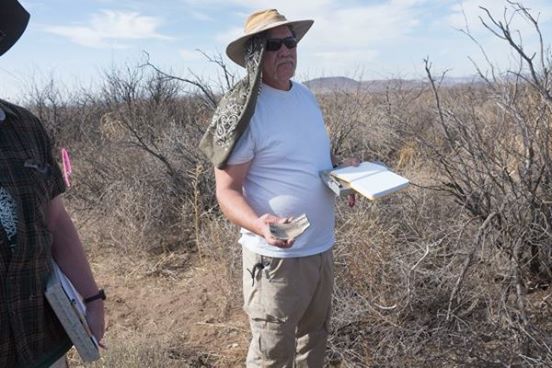
3/8/14
Edge of Salado fieldwork went very well today. We had many interesting finds, including a portion of a figurine, beads, pendants, shell bracelets, blue green stone, a modeled spindle whorl, an odd piece of ground stone that we are all curious about, and many bark scorpions. Here, we see Brian Harmon and Patricia Cook starting a 1×2 unit.
3/9/14
Sunday was a gusty but beautiful day for archaeology! Here, Samantha Fladd measures the depth of the unit to determine how much deeper the level needs go. Stacy Ryan and Steve Cox examine the screen for artifacts. We found many modeled spindle whorls and a lot of shell today.
3/10/14
Meet your Edge of Salado Unit Supervisor #2: Leslie Aragon (in the orange vest) received her M.A. at the University of Arizona and will be returning there in the fall to pursue her Ph.D. She has worked throughout much of southern Arizona. Leslie researches how past peoples interacted with objects to better understand how they categorized objects and how that categorization effected an object’s value. Mark Callis, one of this weekend’s volunteers, stands next to Leslie and holds a broken trough mano with a full groove around one end.
3/12/14
Field birthdays really are the best kind of birthdays.
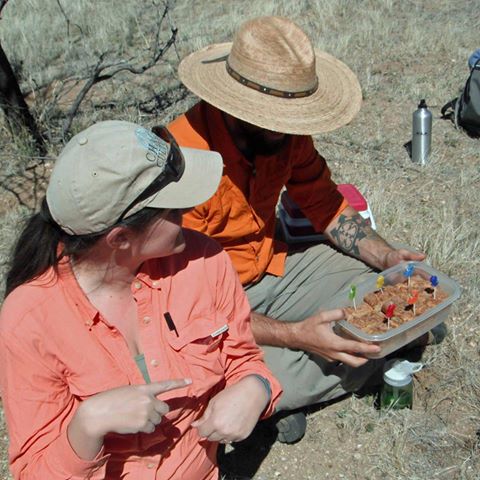
3/16/14
Meet your Unit Supervisor #3: Brian Harmon (green shirt) is a new graduate student at the University of Arizona. He has an extensive background in contract archaeology, and we are very happy to have him out here with us. Here, Brian is filling out end-of-level paperwork with Alyssa and Elizabeth. Archaeologists use levels to note changes in soil type and to control for vertical artifact location.
3/16/14
Allen Denoyer came out to volunteer and gave us a flint-knapping demo at lunch!
3/22/14
Meet your Unit Supervisor #4: Kathryn Turney, who was surprised in this photo while she was cleaning up the bottom of her excavation unit, is a student at the University of Arizona. She is enamored with dirt archaeology, as well as making archaeology more accessible to the public. Research and public outreach sounds great to us, and we are glad to have Kathy’s help during our fieldwork.
3/24/14
This wonderful “grooved plummet” was uncovered during this last weekend in the Coyote Mountains. Emil Haury found a few of these at Snaketown, as well.
3/30/14
This week, we’ve moved back to sites in the Sulphur Springs Valley that contain much more Salado material than the last five sites. This is a carbonized piece of corn recovered from the ground about 20 minutes before this post.
3/31/14
The many trowels of archaeology: I had this weekend’s crew members lay out their trowels to show the many ways that archaeologists use common masonry trowels.
4/3/14
Meet your Edge of Salado Volunteer Coordinator: Kathleen Bader. It has been wonderful to have Kathleen on this project. She has been instrumental in helping us conduct this research. In addition to organizing the volunteers, Kathleen has been working closely with the Project Director to ensure that the volunteers are prepared and have an enjoyable, albeit dirty, experience. So, thanks for making this all so legato, Kathleen!
(Kathleen has a Ph.D. in music composition, hence the wordplay…)
4/6/14
We found a roasting pit this weekend, which Andy and Sharlot are working on, with an in situ complete obsidian projectile point found directly on sterile soil underneath it. It was a fun weekend in the Chiricahuas!
4/7/14
Our camping spot in Cave Creek Canyon.
4/11/14
Preservation Archaeologist Jeff Clark found this wonderful blue piece of the past while we were out prepping this weekend’s Edge of Salado fieldwork. Here’s to a great weekend in the borderlands!
4/13/14
The Edge of Salado crew is at the edge of the U.S. today. Although it is hard to see, the border fence is just about 150 feet south of the dead mesquite tree in the foreground.
4/15/14
We encountered this near-perfect plastered floor this past weekend. This would have been a floor in a residential structure constructed from adobe. The hole in the upper right of the picture is an excavated ash pit, the trough mano and handstone were in situ on the floor surface, and the little hole next to the handstone is a shallow posthole.
4/16/14
Some of the rock art associated with the sites we have been working with on the Edge of Salado project has been quite amazing. This is located in the Coyote Mountains.
4/21/14
It was a wet weekend (well, Saturday—Sunday was beautiful) as Archaeology Southwest completed the fieldwork for the Edge of Salado project. The crew and volunteers experienced a bit of the variable weather that the inhabitants of the site experienced on a daily basis in the San Bernardino valley.
4/21/14
Archaeology Southwest finished two and a half months of fieldwork for the Edge of Salado project this weekend. Over this stretch of time, we were able to sample at a wide variety of sites across southern Arizona and really examine the fingerprints of the past. Pictured is an indented corrugated ceramic (with an interesting linear indentation pattern, instead of the more typical offset pattern) from the site we were working at this weekend on the northwestern edge of the San Bernardino valley.
One thought on “Posts from the Edge”
Comments are closed.
Explore the News
Related to This
-
Project The Edge of Salado

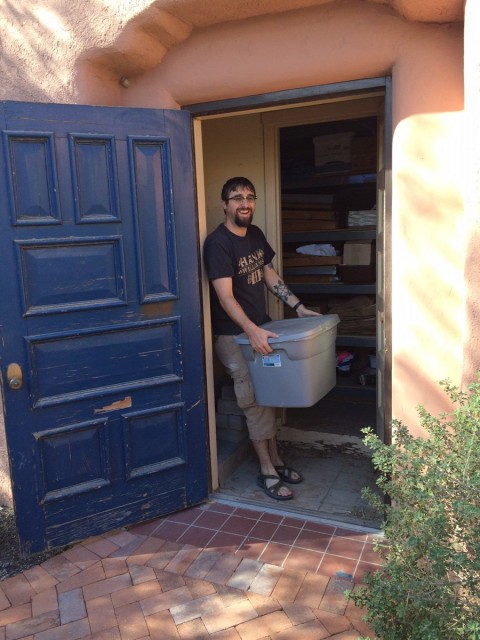
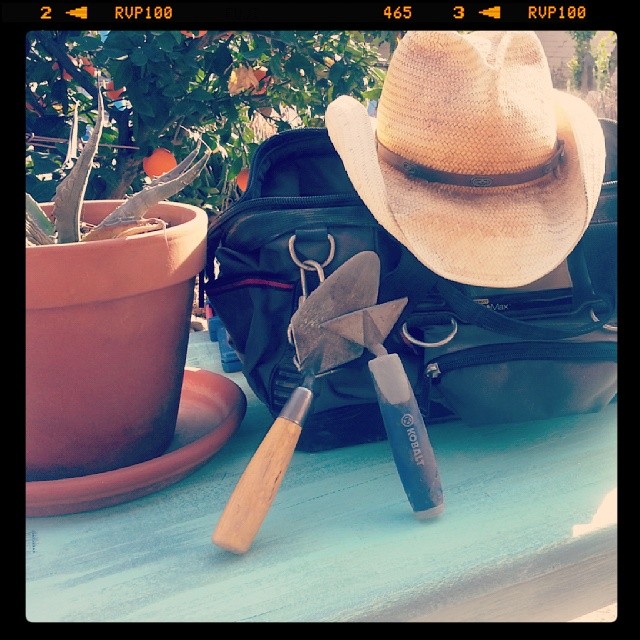
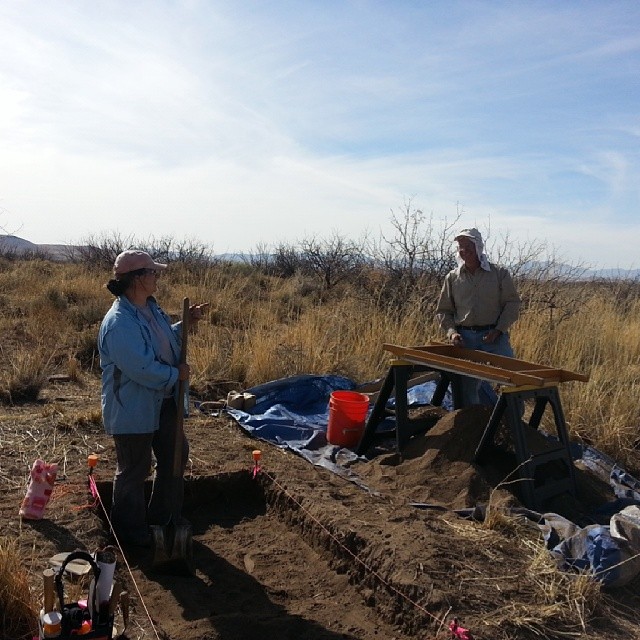
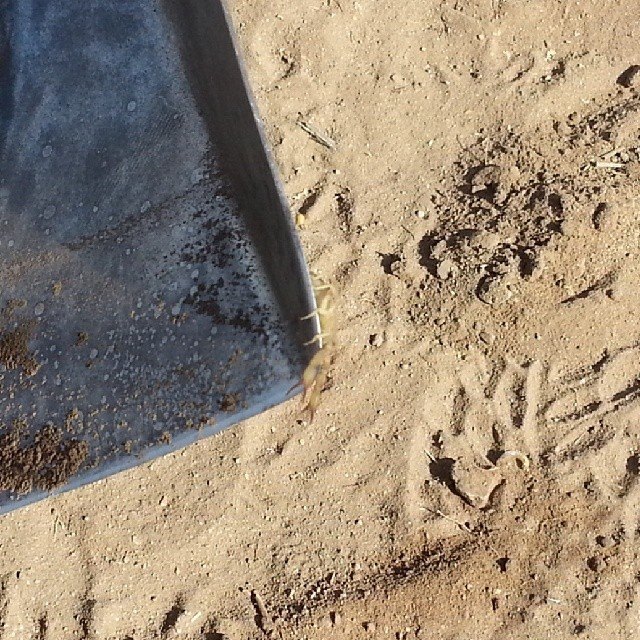
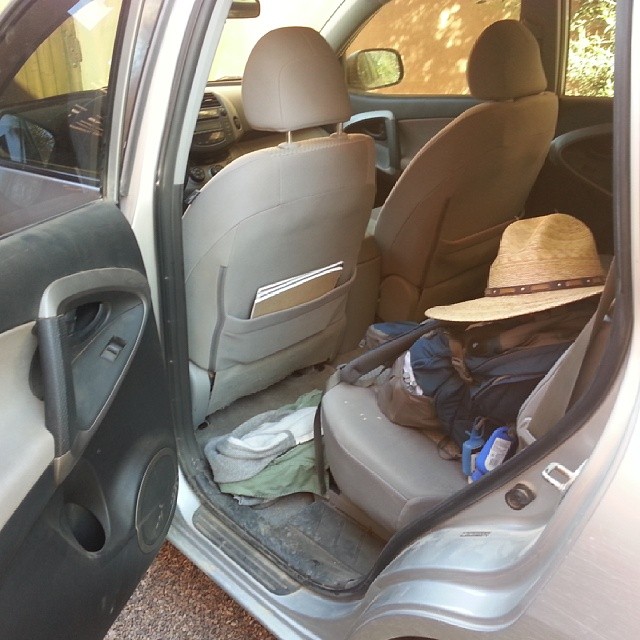
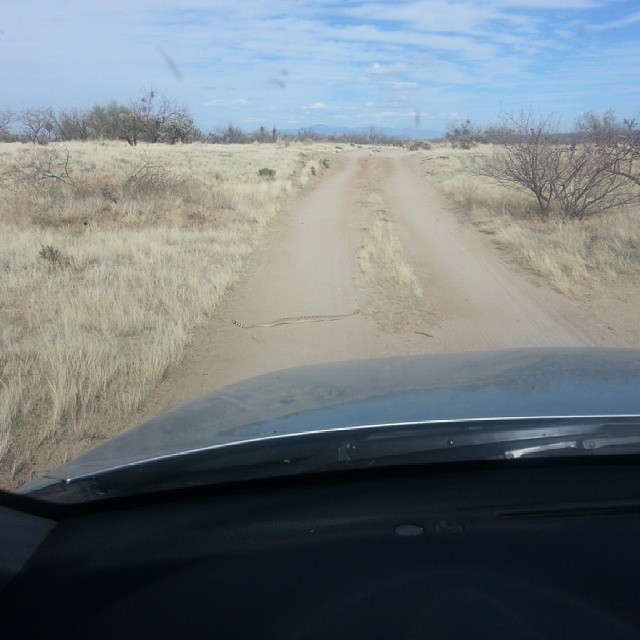
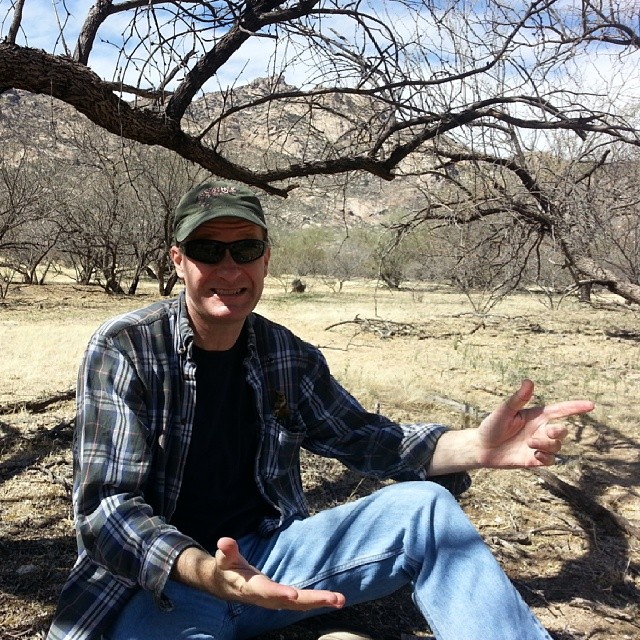
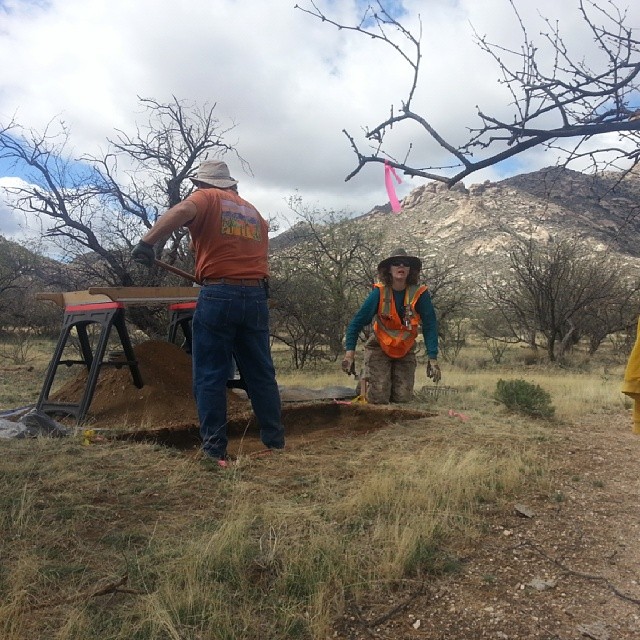
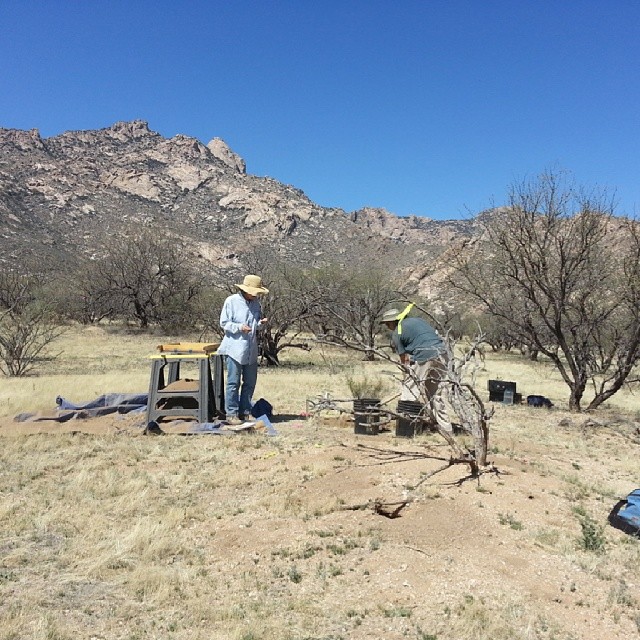
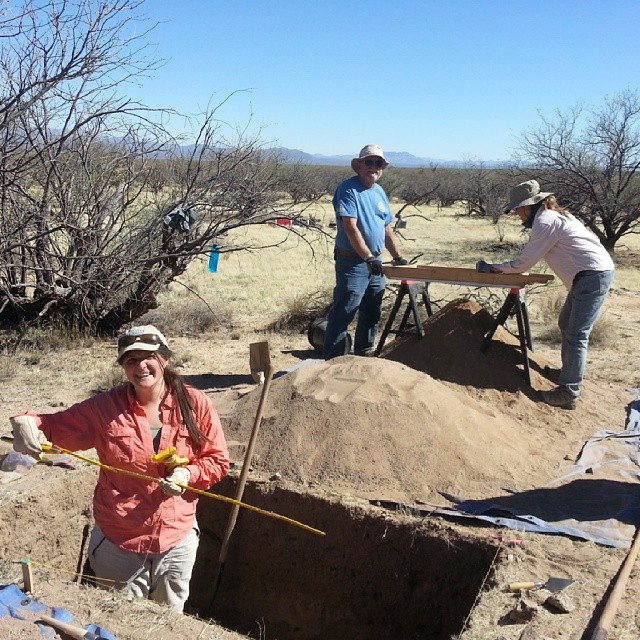
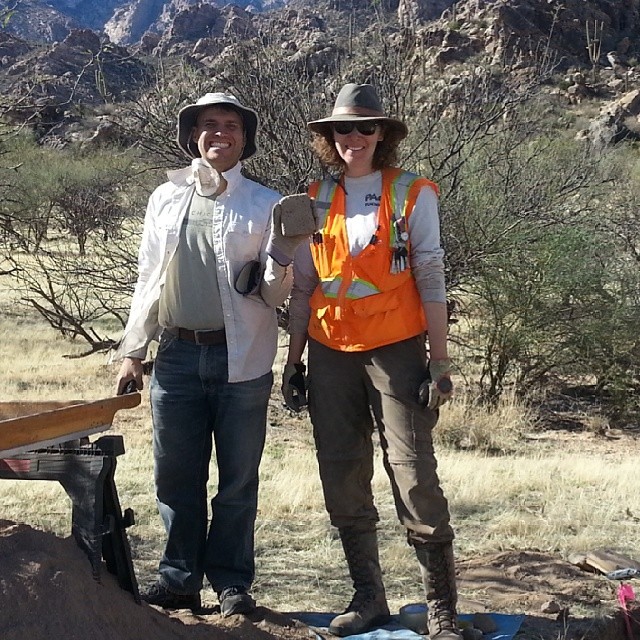
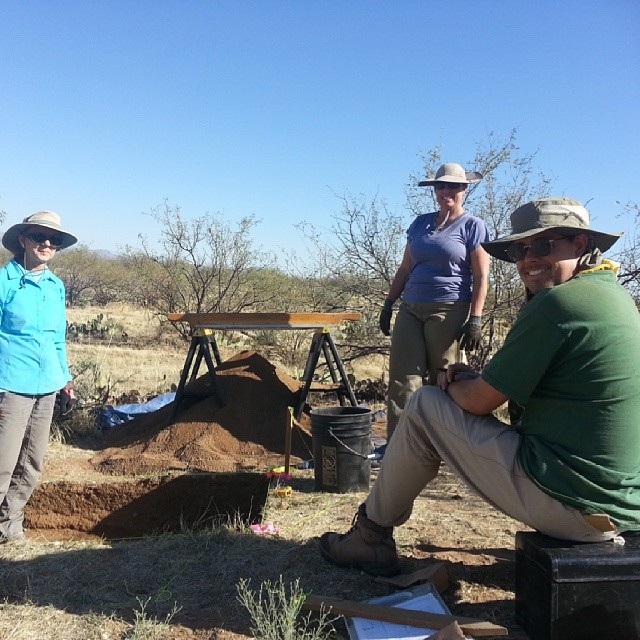
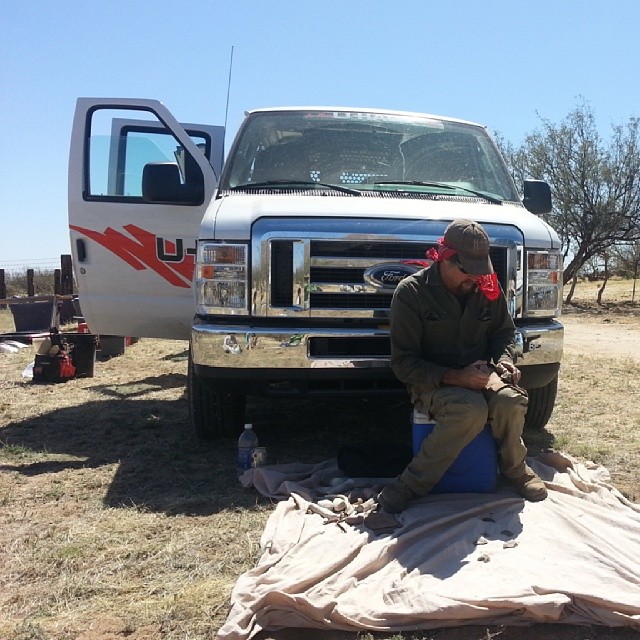
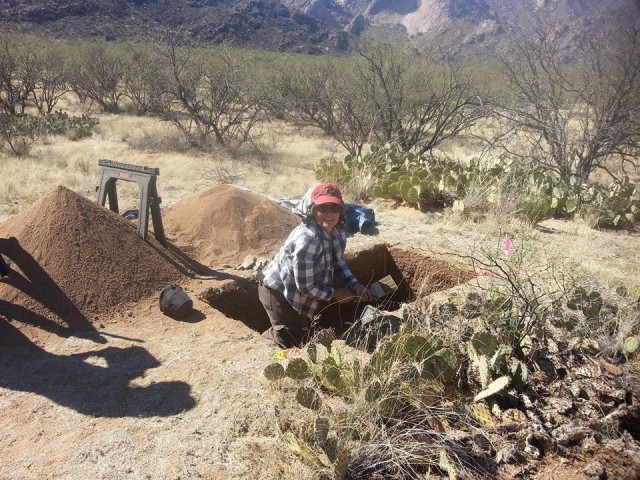
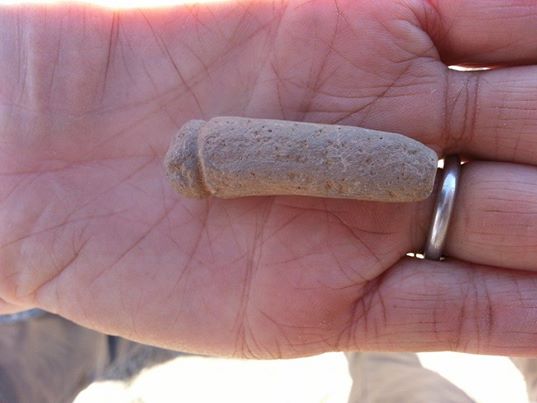
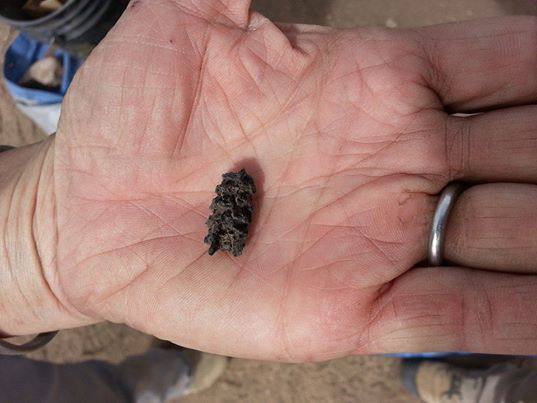
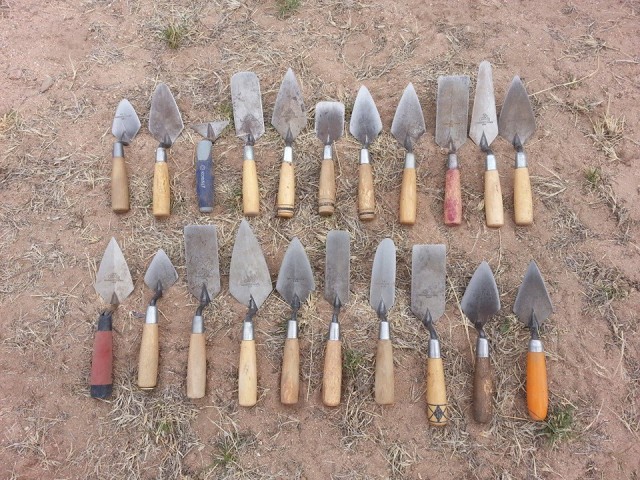
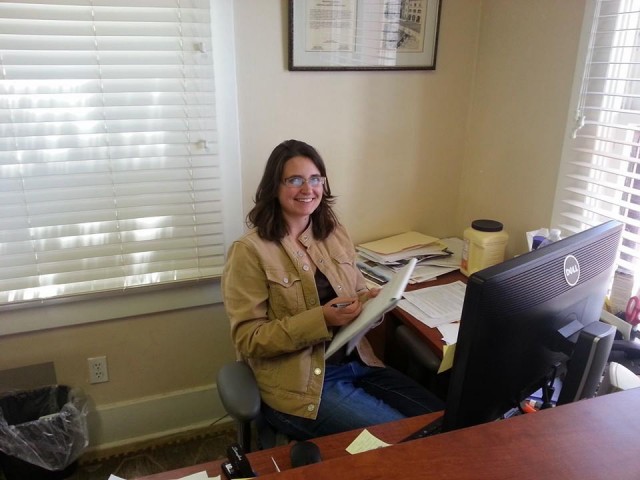
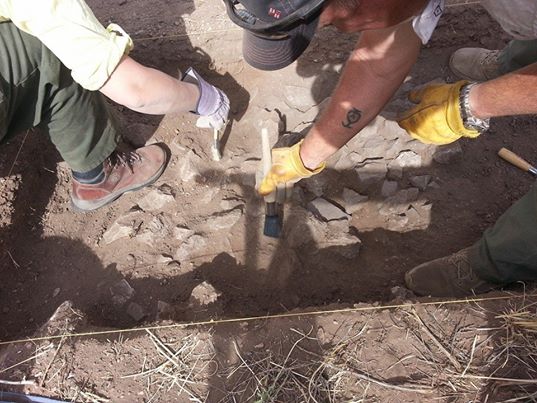
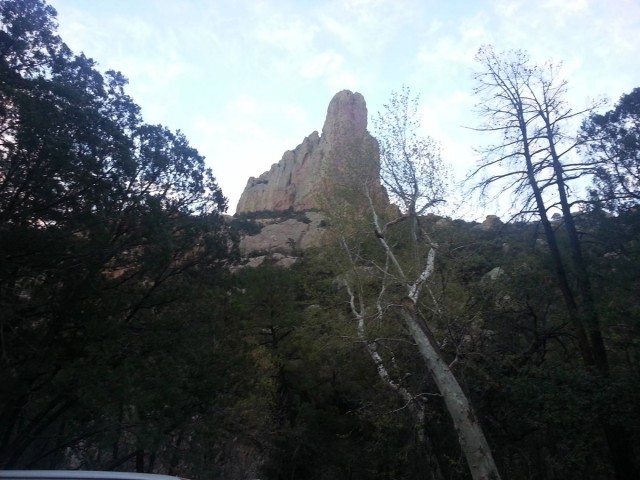
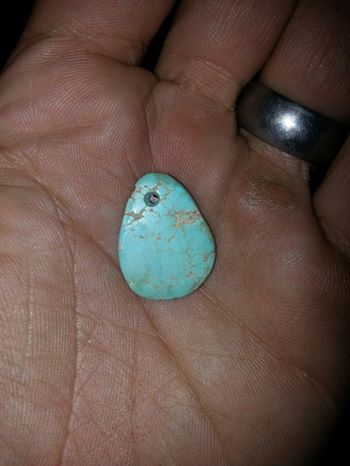
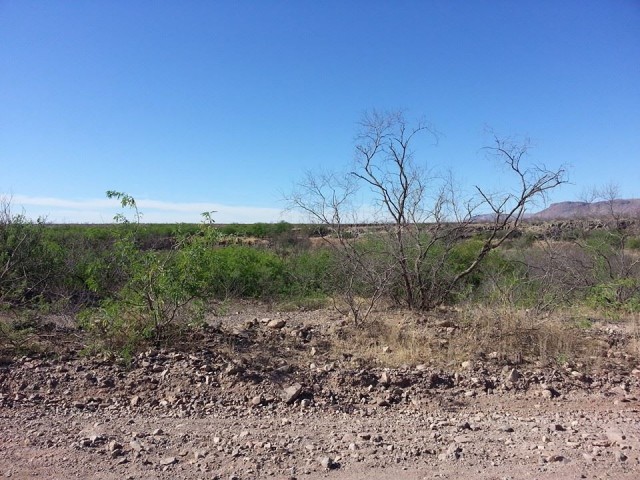
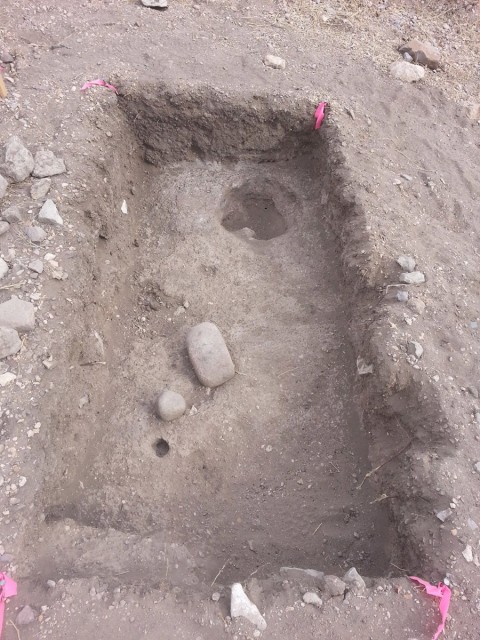
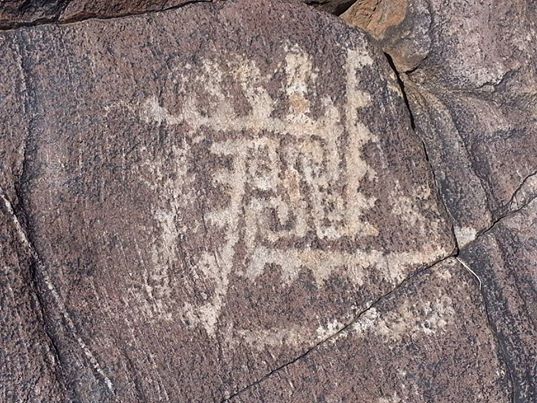
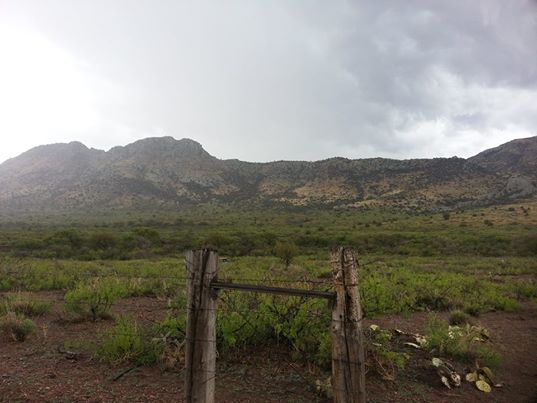
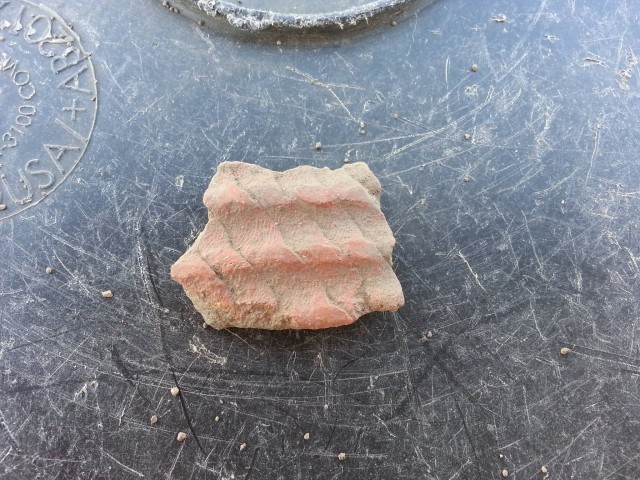
So glad you included volunteers on the project. This was a great learning experience and a lot of fun as well!